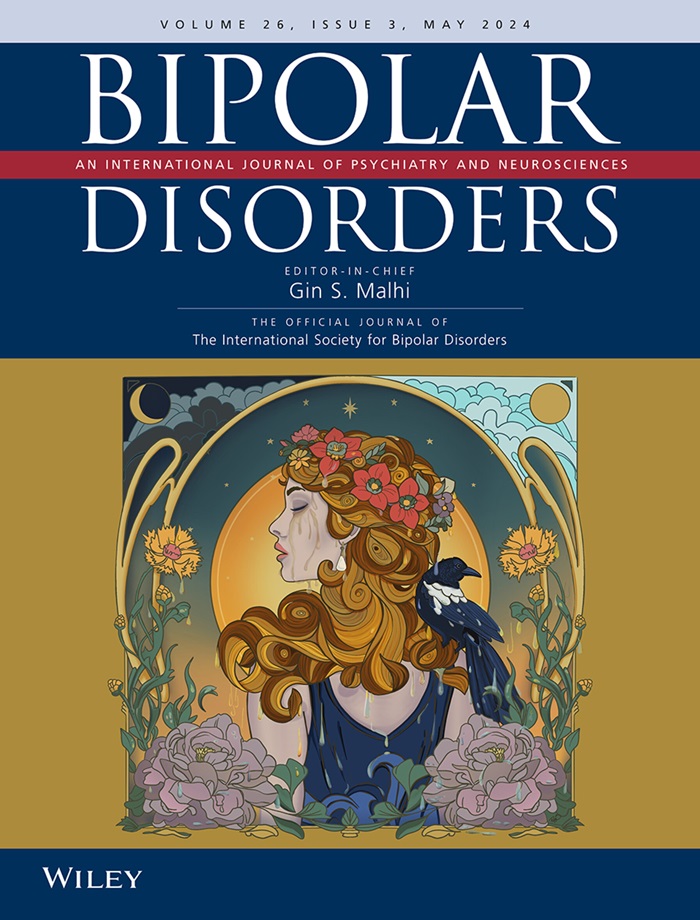What Is the Depressive Mixed State?—Associated Factors Beyond Bipolarity
Abstract
Objectives
To elucidate the differences in associated factors beyond bipolarity between Benazzi's depressive mixed state (DMX), defined as a major depressive episode (MDE) with ≥ 3 manic/hypomanic symptoms, and the Diagnostic and Statistical Manual of Mental Disorders fifth edition criteria for mixed features (DSM-5-DMX), defined as an MDE with ≥ 3 non-overlapping manic/hypomanic symptoms.
Methods
The associations of DMX definitions with bipolarity, anxious distress (ANXD), autism spectrum disorder, attention-deficit hyperactivity disorder, and older age were retrospectively examined in 160 patients with MDEs.
Results
Benazzi's DMX and DSM-5-DMX were identified in 48.8% and 1.9% of participants, respectively. Bipolar disorder (BD) and ANXD diagnoses were independently associated with Benazzi's DMX (odds ratio, 95% confidence interval: 3.70 [1.79–7.67], p < 0.001, and 6.14 [2.96–12.76], p < 0.001, respectively). Benazzi's DMX was also associated with several features of poor prognosis and psychiatric adverse events related to antidepressant treatment. As the low frequency of DSM-5-DMX did not allow for its statistical analysis, a post hoc analysis of an MDE with ≥ 2 non-overlapping symptoms, accounting for 19.4% of participants, was performed. Similar to Benazzi's DMX, BD and ANXD diagnoses were independently associated with this definition of DMX. Moreover, the odds ratio of BD diagnosis was higher than that of ANXD.
Conclusion
Benazzi's DMX was independently associated with bipolarity and ANXD, and was also associated with poor prognosis. Exclusively defined DMX, such as DSM-5-DMX, may be more specifically associated with bipolarity; however, its sensitivity for predicting bipolarity is low for clinical practice. Further studies are required to validate these findings.

 求助内容:
求助内容: 应助结果提醒方式:
应助结果提醒方式:


